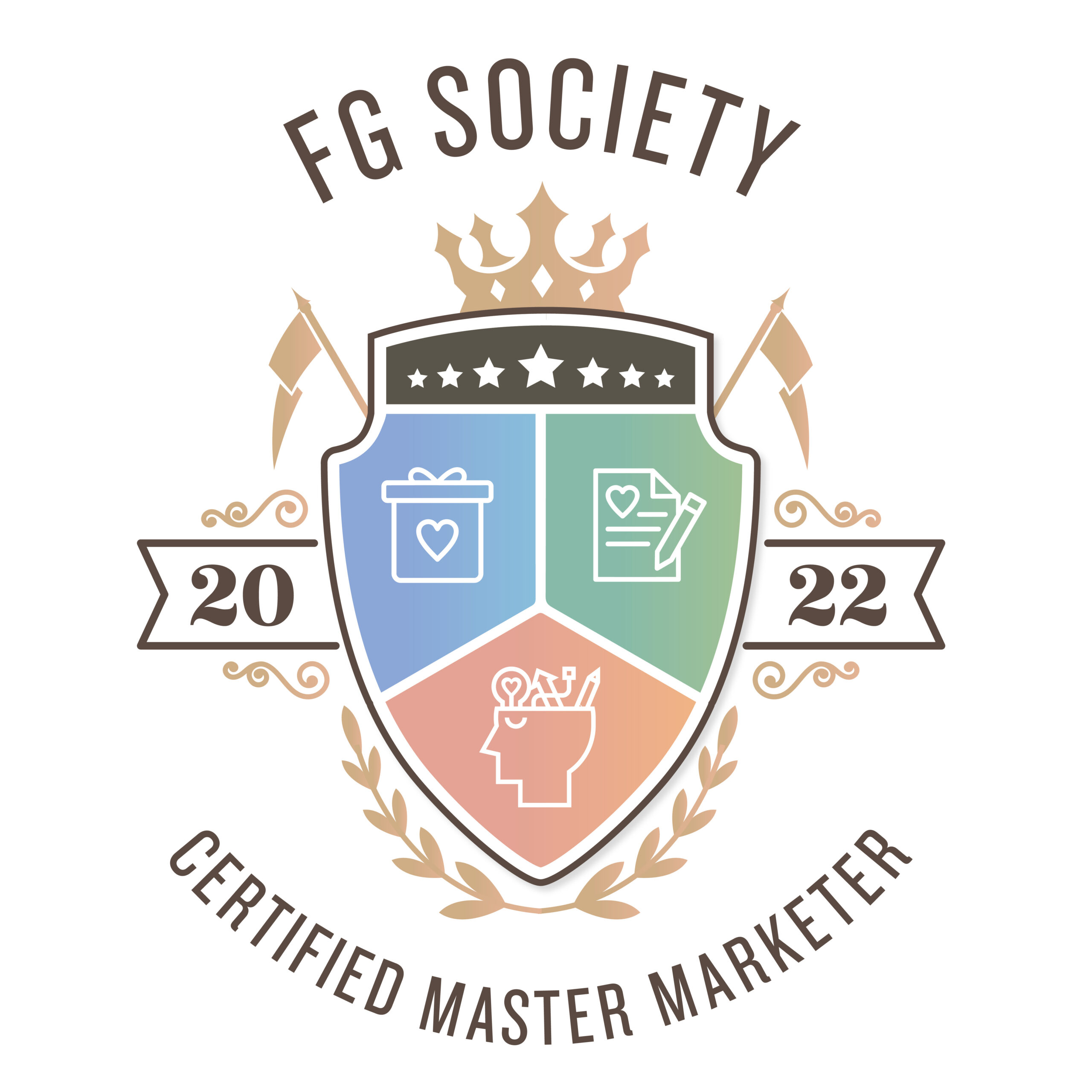Let’s talk about one of the often overlooked VIPs of SEO strategy: meta descriptions. These brief snippets of copy might not seem like a big deal at first glance, but they hold a lot of power in shaping the first impression of your webpage in search results.
Think of meta descriptions kind of like your chance to make a quick pitch to potential website visitors: why should they click on your link? What will they find there? How will it help them?
In this post, we’ll unpack the nuances of meta descriptions and show you how to use them to boost your ranking and attract more clicks.
What is a meta description?
Simply put, a meta description is a short summary that appears under your page’s title in search results.

It’s your first opportunity to tell a potential visitor what your page is about and why it’s relevant to their search. This isn’t just a technical SEO element (though it is very much related to your SEO strategy.)It’s your big chance to engage a reader and influence their decision to explore your content. Typically, it’s about 155 characters long, which means you need to be both concise and compelling. While Google sometimes chooses to display a snippet from your page or an AI-generated description instead, having a custom meta description gives you control over how your content is presented.
The Connection Between Meta Descriptions and SEO
Google has officially said that meta descriptions themselves don’t directly influence your page’s ranking in the search engines. However, they play a very important role in improving click-through rates (CTRs). The more compelling a meta description, the more likely it is that someone will click through and actually visit your website and read what’s on the other side of the Google result.
That’s great for you (because you want people on your website!), but it’s also good for your search ranking because good click-through rates are a signal to search engines that your site is likely offering valuable content that aligns well with user intent.
So, while these descriptions won’t boost your rank, they can indirectly affect your SEO success by encouraging more traffic to your site.
Best Practices for Meta Titles and Descriptions
Creating compelling meta descriptions and titles is more of an art than a science, but there are some best practices that can guide you:
- Be succinct and engaging: Keep your meta descriptions under 160 characters. You can technically write them as long as you like, but only about 160 characters will show in the search result.
- Make people curious to read more and ask them to take action: Be interesting and straightforward…and tell people what they’ll get from reading your post.
- Incorporate meta tag keywords smartly: While stuffing keywords can hurt readability and user experience, including a relevant meta tag keyword can enhance the relevance of your description.
- Tailor the content: Each meta description should be specifically written for the page it describes. Repetitive or generic descriptions can dilute your message and get passed over by Google.
Meta Titles vs. Meta Descriptions
Now that we’ve talked about meta descriptions, let’s talk about the meta title. They are different and distinct parts of your SEO that are important to understand!
Your meta title acts as a bolded headline in search results, like so:

Now, while meta descriptions aren’t a direct ranking factor, meta titles are, so they need to include your primary keyword. The meta description should support this title with additional details and convince the reader to click through.
How to write SEO friendly meta title and description?
Great question! Crafting SEO-friendly meta titles and descriptions involves:
- Keyword integration: Position your primary keywords early in both the title and description to catch both the reader’s and search engine’s attention.
- Tools and plugins: Use tools like Rank Math to guide and optimize your meta writing process. These tools can provide instant feedback on length and keyword usage.
Common Mistakes to Avoid
It’s easy to fall into certain traps with meta descriptions. Avoid these common errors:
- Overusing keywords: This can make your description sound forced and unnatural.
- Being too vague: Generic descriptions can make your content seem irrelevant.
Meta Description Examples
As I’ve mentioned, meta descriptions are your opportunity to make a compelling pitch to potential visitors. Let’s examine an example—this one’s for a real estate agent—and break down why it works:
Jane Doe: Luxury Miami Realtor
Find your dream home in the heart of Miami with top-rated real estate agent Jane Doe. Explore luxury listings and exclusive neighborhood ratings. Find your next home today!”
Why This Works:
- Descriptive and highly Google-able Meta Title: The meta title includes the business name and target keywords.
- Targeted Keyword Use: The meta description includes targeted keywords such as “real estate agent,” “homes,” and “Miami,” which are likely search terms someone looking to buy in Miami would use. This aligns well with search engine queries, improving the chances of the page appearing in relevant searches.
- Action-Oriented Language: Phrases like “find” and “explore” are action-oriented and give a sense of adventure and personal involvement, inviting potential clients to engage more directly with the listings.
- Benefits Highlighted: It clearly highlights the benefits of choosing this agent — access to luxury amenities and exclusive insights into neighborhoods. This not only attracts clicks but also positions the agent as a knowledgeable insider, which can be a decisive factor for potential clients.
- Clear Call to Action: The invitation to “Find your dream home today!” serves as a compelling call to action, encouraging immediate engagement and tapping into the urgency and excitement of house hunting.
By using a focused and engaging meta description like this, a real estate agent can significantly increase their site’s click-through rates, drawing in prospective buyers who are intrigued and motivated by the compelling preview of what they can expect to find.
Good meta wording makes your SEO pop!
It only takes a few minutes to optimize title tags and meta descriptions—and it pays off big time in the long run.
Need Help Crafting Your Meta Descriptions?
If the thought of fine-tuning meta descriptions seems intimidating, we’re here to help. Reach out for personalized strategy with our SEO services. We’ll ensure your website is dialed in with SEO that makes every click count. Ready to enhance your online presence? Book a call now.




